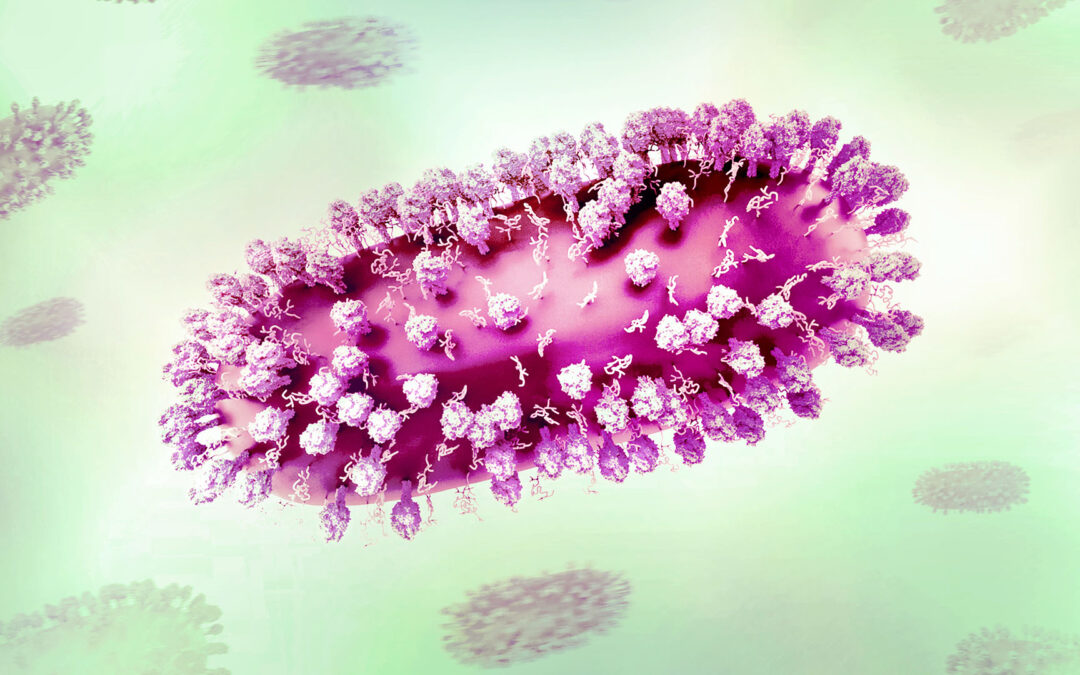Your child wakes up with a runny nose. It might be a simple cold, but what if it’s something more serious, like respiratory syncytial virus (RSV)?
Almost all kids catch RSV by age 2, and in healthy children, it’s usually mild. Yet for some younger kids, especially infants and toddlers, RSV can escalate quickly and lead to breathing difficulties or even hospitalization.
To help you protect your child during cold and flu season, the experts at Northwest Pediatrics in Coeur d’Alene share tips for recognizing the difference between cold vs. RSV.
What is RSV, and how does it spread?
RSV is a type of serious respiratory tract infection that affects the lungs and breathing passages. It’s active during cold and flu season, often peaking in December or January and continuing all the way until the end of spring.
Like the common cold, RSV is spread through droplets when someone with the infection coughs or sneezes. Children can also contract RSV by touching a contaminated surface and then touching their face.
Unlike a cold, however, RSV can be severe. It’s the most common cause of hospitalization for children under 1 year old, according to the American Academy of Pediatrics. Kids with the most severe infections may need oxygen therapy to assist with breathing or intravenous fluids to supplement their eating and drinking.
Why are infants and toddlers at the highest risk for RSV?
While RSV can affect anyone, infants and young children are highly susceptible for these three reasons.
1. Developing immune systems. Although babies are born with some immunity, their immune systems are not yet mature. Therefore, they are more likely to contract infections. This is especially true in children younger than 6 months of age.
2. Narrow airways. Because infants and toddlers have small air passages, they’re more susceptible to blocked airways, which may cause more severe respiratory symptoms.
3. First-time infections. Children can contract RSV multiple times during a single cold and flu season. However, for most kids, the first infection is often the worst one.
Cold vs. RSV: Symptoms to watch for
For parents, knowing the difference between the common cold and RSV can be challenging.
At the start, both colds and RSV share the same symptoms. These can include:
- Runny nose
- Mild dry or wet cough
- Sneezing
- Low-grade fever
- Fussiness
- Poor feeding
- Hoarseness
What makes RSV unique is that symptoms tend to get worse over time. Signs that a cold may have progressed to RSV include:
- Severe cough
- Wheezing or grunting
- Fast, shallow breaths
- Flaring of nostrils or head bobbing while breathing
- Reduced appetite and tiredness
- Increased irritability and fussiness
- Fever higher than a cold
While both the cold and RSV can last anywhere between 5 to 14 days in children, a potential red flag is when symptoms worsen after improving.
When to seek care for RSV
Parents should call their pediatric provider right away if they notice any of the following signs:
- Dehydration in infants (fewer than 1 wet diaper every 9 hours)
- Pauses or significant difficulty breathing
- Pale gray or blue-colored lips or fingernails
- Significantly decreased activity and alertness
- Fever above 104℉
- Chest pain
- Ear tugging or drainage
- Symptoms that don’t improve after 5 days
Your pediatric provider will advise you on the best next steps. Depending on your child’s symptoms, this may mean scheduling an appointment or visiting an urgent care center or emergency room.
How to prevent RSV in children
Two types of RSV immunizations are currently available. One, a vaccine called ABRYSVO, is given to the mother between the 32nd and 36th week of pregnancy. The other, an antibody called nirsevimab, can be given to infants whose mothers did not receive ABRYSVO during pregnancy. In addition, some children aged 8-19 months with an increased risk for severe RSV may qualify for nirsevimab. Your pediatric provider can advise you on whether nirsevimab is appropriate for your infant.
In addition to keeping up with your child’s immunization schedule, these tips can help parents prevent RSV or lessen its symptoms:
- Wash hands regularly (you and your child) using soap and water.
- Clean and disinfect surfaces when someone in your house has any signs of cold or flu.
- Cover your mouth and nose when coughing or sneezing.
- Keep children home from daycare, school, or crowds when they have cold-like symptoms.
- Breastfeed infants. Breast milk contains antibodies that help enhance a baby’s immune system and protect it from viruses such as RSV.
Tips to care for RSV at home
No specific treatments exist for RSV. Medications like steroids and antibiotics do not help prevent or ease the symptoms of the virus. In addition, young children should not take any aspirin or cold meds.
However, there are a few things parents can do to care for their child at home during cold, flu, and RSV season.
- Use a cool-mist humidifier in your child’s room to help open their airways and ease congestion
- Keep your child hydrated with frequent feedings or fluids
- Use saline nose drops and a bulb syringe to remove nasal secretions gently
Where to find RSV care in North Idaho
Families in Coeur d’Alene and surrounding communities can access high-quality care for their children close to home. Northwest Pediatrics includes board-certified experts in pediatrics and family medicine. Our providers strive to provide the same type of care that we would expect for our own children.
Northwest Pediatrics is open Monday – Friday and is accepting new patients. In addition to acute care, our practice performs well-child checks, sports physicals, care for minor illnesses, and mental health evaluation and treatment for children and teens.
To make an appointment, call 208-619-8250.

